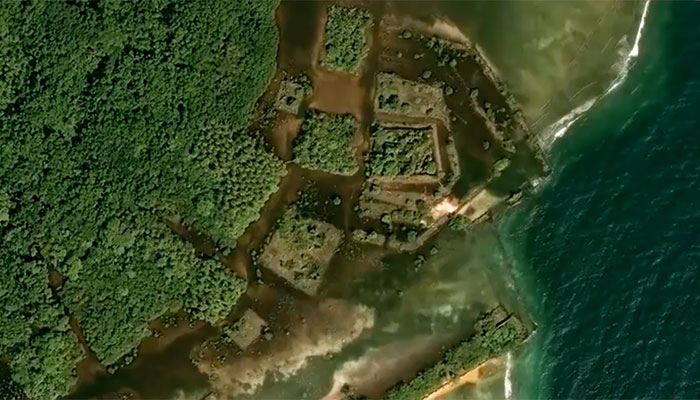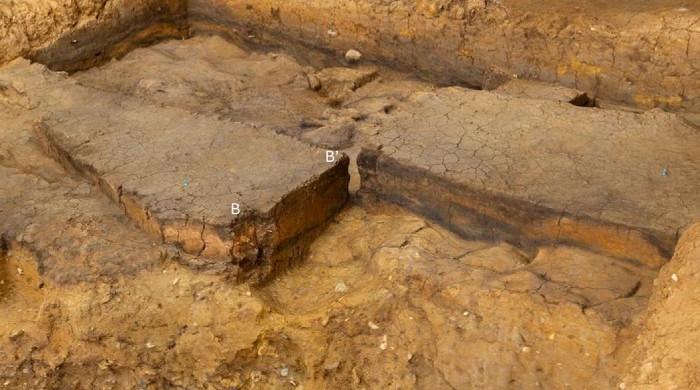Satellite images spark interest in Nan Madol
Experts are still baffled about the existence of a city in the middle of the sea, over a century after it was first discovered.
The interest in Nan Madol - the...
November 07, 2017
Experts are still baffled about the existence of a city in the middle of the sea, over a century after it was first discovered.

The interest in Nan Madol - the space in between - located just off the main island of Pohnpei in Micronesia in the Pacific was reignited due to satellite images of the region which allow for better observation.
The uninhabited city lies 2,500 miles from Los Angeles and is approximately 1,500 miles from Australia.
Early explorers termed the Island to be the eighth wonder of the world, owing to the 97 geometrically shaped structures separated by narrow water channels.
You can explore Nan Madol using the google maps here.
According to the atlas obscura:
"The complex of Nan Madol is constructed on a series of artificial islets in the shallow water next to the eastern shore of the Pohnpei island. The site encloses an area approximately 1.5 km long by 0.5 km wide and it contains nearly 100 artificial islets.
Nan Madol seems to have housed the ruling elite caste of Saudeleur dynasty. It was a political and ceremonial seat of power. As a means of control of their subjects, Saudeleur dynasty had succeeded in uniting the clans of Pohnpei. The rulers forced local chieftains to leave their home villages and move to the city where their activities could be more closely observed.
Most of the islets served as a residential area, however, some of them served a special purpose, such as food preparation, coconut oil production or canoe construction. Madol Powe, the mortuary sector, contains 58 islets in the northeastern area of Nan Madol. The centrepiece of the whole complex is the royal mortuary at the islet of Nandauwas, with its 7.5m high walls surrounding the central tomb enclosure.
The population of Nan Madol was probably more than 1000 at a time when the whole population of Pohnpei barely reached 25,000. There are no sources of fresh water or possibilities to grow food on Nan Madol so all supplies had to be brought in from the mainland. The population of the city probably included a large number of commoner servants."









